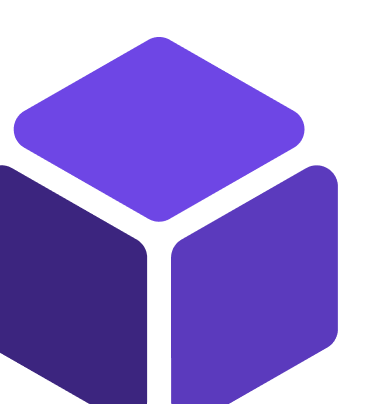The concept of the metaverse, a virtual world that exists outside of physical reality, is that it has only recently become a reality due to technological advances. In 2023, the metaverse will take off in a big way, and many predict it will change the way we live, work, and play.
Metaverse education platforms have the potential to keep students engaged:
These platforms empower educators to keep students engaged by providing a dynamic and interactive learning experience, not limited by the physical constraints of a traditional classroom. For example, educators can easily enter the students into the related subject labs just after discussing the concept. Instead of memorizing definitions, students will understand them in real time. This allows for a more hands-on, experiential learning experience that can be tailored to the individual needs and learning styles of each student. Additionally, metaverse education platforms can also provide opportunities for students to collaborate and work together on projects, which can foster teamwork and problem-solving skills.
Democratizing Education:
Metaverse has the potential to democratize education by providing everyone with equal educational opportunities. For instance, students living in remote or underprivileged areas may not have access to the same resources or opportunities as students living in more affluent areas. However, with a metaverse education platform, students can learn at their own pace and in a way that is tailored to their individual needs and learning styles, which can help promote a lifelong love of learning. Moreover, with the help of Metaverse platforms, educators will help the students solve their problems in a better way. In the past, experts and even technologists could not imagine anything like this, which is gaining popularity these days.
Metaverse education platforms/Metaverse applications in education:
The potential of the metaverse in education is vast. It can be used to create immersive and interactive learning experiences, connect students from around the world and provide access to educational resources that would otherwise be unavailable.
Virtual Reality:
Virtual reality (VR) in education is an emerging technology that is being increasingly adopted by educational institutions, teachers, and students. VR technology allows users to immerse themselves in realistic, computer-generated environments, which can be used to supplement or replace traditional classroom learning.
Some students may learn better through visual and kinesthetic means, while others may learn better through auditory means. VR technology can create a wide range of educational experiences that cater to different learning styles, which can help make learning more accessible to a wider range of students.
Moreover, a student who is studying ancient Egypt can use VR to explore the pyramids and temples of Egypt, while a student studying biology can use VR to explore the inner workings of the human body. VR technology can also be used to create simulations of real-world environments and situations, which can be used to train students in fields such as medicine, engineering, and architecture.
Virtual Classrooms:
In virtual classrooms, metaverse can personalize the learning experiences of students. The teachers can create customized learning paths for each student based on their individual needs and abilities. This can help to increase student engagement and motivation, as well as improve overall learning outcomes. Additionally, teachers can use the Metaverse to provide real-time feedback and support to students, helping them to stay on track and reach their full potential.
Gamified learning environments:
The Metaverse in a gamified learning environment is the ability to create truly collaborative learning experiences. In the metaverse learners can work together in real-time to complete tasks and achieve goals, allowing them to learn from each other and develop important social and teamwork skills. For example, a group of learners in a metaverse-based science game could work together to complete virtual lab experiments or to build virtual models of complex scientific concepts.
Similarly, a learner in a metaverse-based history game could explore virtual environments, designed to help them understand specific historical events or periods. Moreover, in the metaverse, educational games competitions maintain students’ competitive spirit, because they are rewarded with different awards and badges, which encourage them to learn from each other and to develop important social and teamwork skills.
Learning through virtual experiments:
The metaverse provides a unique opportunity for virtual experiment learning in physics, chemistry, biology, and engineering. By creating virtual environments that simulate real-world laboratory settings, the metaverse allows learners to conduct experiments and explore scientific and engineering concepts in a safe and controlled environment. This can be especially beneficial for learners who may not have access to traditional laboratory facilities or equipment.
For instance, in biology, learners can conduct virtual experiments to explore concepts such as cell biology, genetics, and ecology. They can use virtual microscopes to observe virtual slides of cells and tissues and use virtual simulations to explore the behaviour of living organisms and ecosystems. They can also conduct virtual experiments to explore genetics, such as cross-breeding different virtual organisms and observing the inheritance of genetic traits.
Conclusion:
Metaverse offers a unique and exciting opportunity to enhance the traditional classroom experience and create new opportunities for students and teachers. With the ability to create immersive and interactive learning experiences, personalized learning paths, and opportunities for collaboration and teamwork, the Metaverse has the potential to revolutionize the way we think about education.


